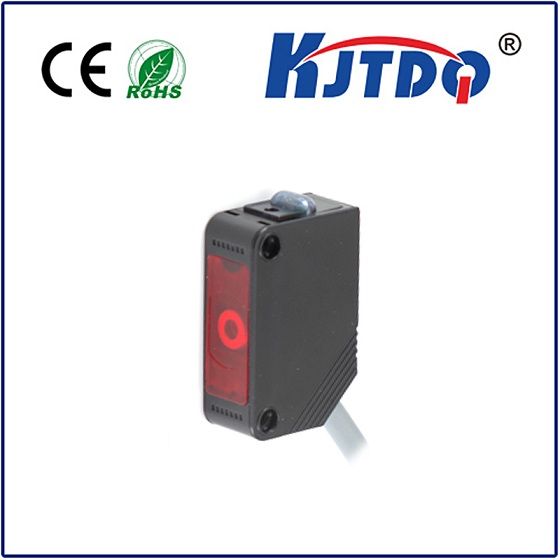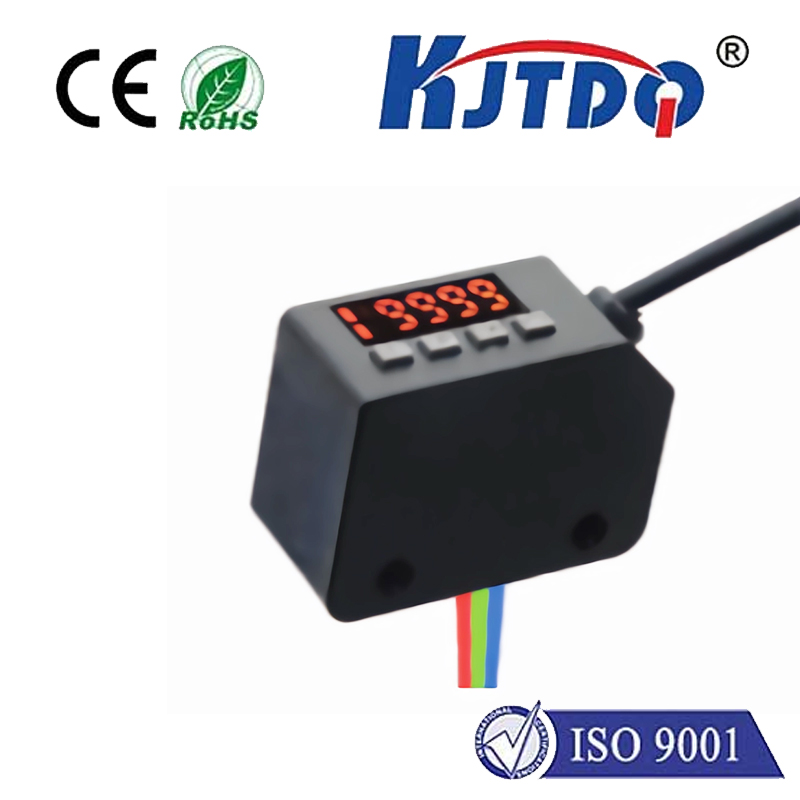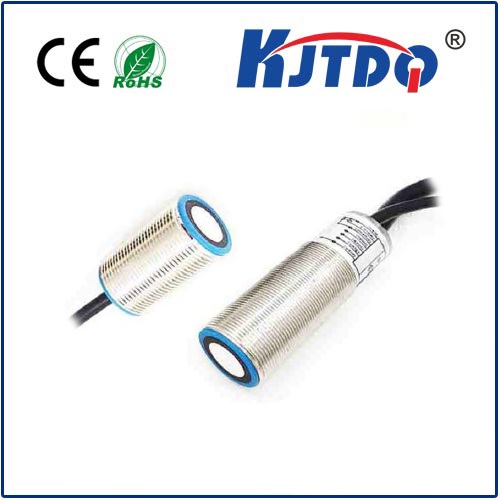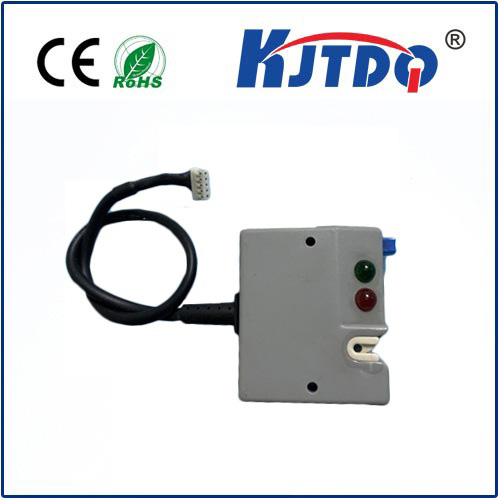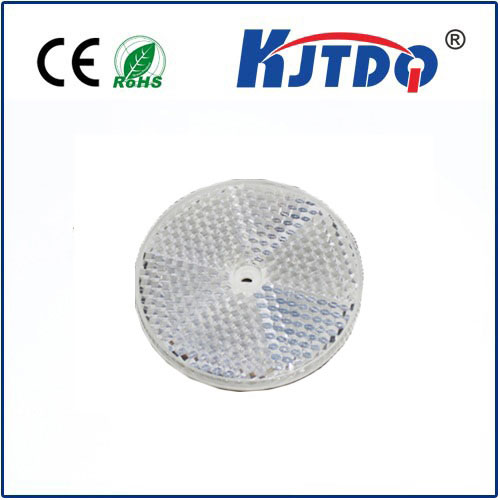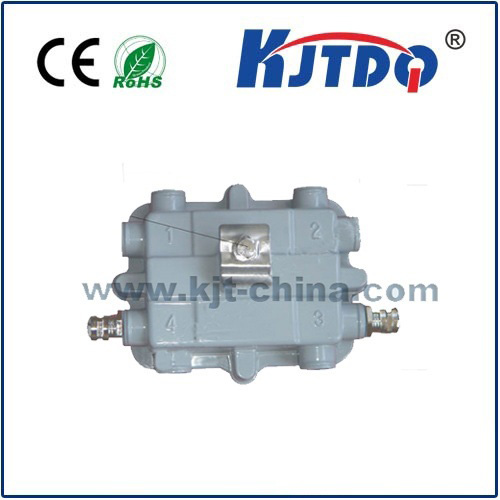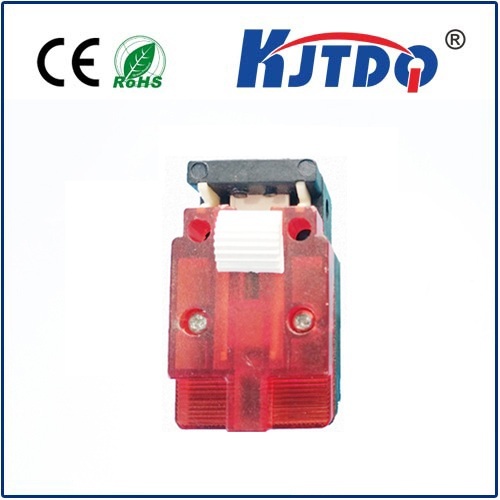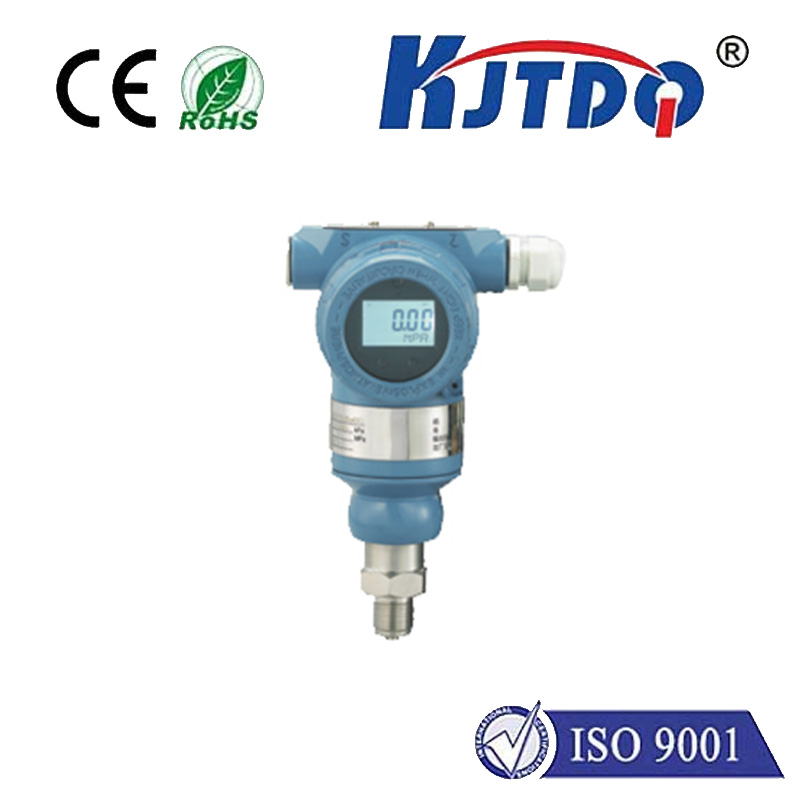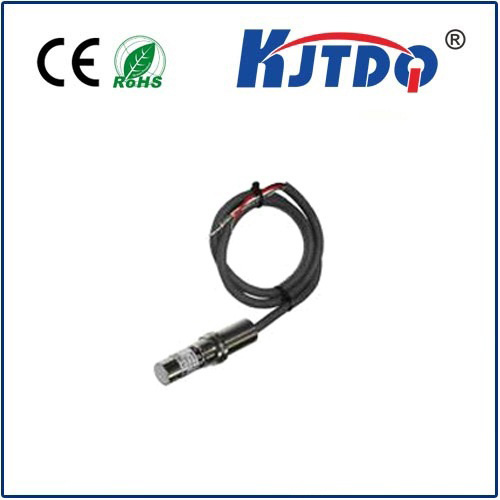optical proximity sensor
- time:2024-11-07 12:17:36
- Click:0
Unveiling the World of Optical Proximity Sensors: A Comprehensive Guide

In an era marked by technological advancement, optical proximity sensors have emerged as indispensable components in a myriad of devices and systems. These sensors, often unsung heroes behind seamless user interactions, play a crucial role in enhancing efficiency and safety in various applications. Let’s dive deep into what these sensors are, how they function, and their diverse applications.
What Are Optical Proximity Sensors?
Optical proximity sensors belong to a class of electronic devices designed to detect the presence or absence of objects without physical contact. They operate on the principle of light reflection, where a light source emits infrared or visible light towards a target object; this light is then reflected back and captured by a photodetector within the sensor. The change in light intensity detected signifies the proximity of the object.
How Do They Work?
At the heart of an optical proximity sensor lies its ability to convert light signals into electrical ones. Here’s a breakdown of the operational mechanics:
- Emission: A light-emitting diode (LED) or laser diode within the sensor generates a focused beam of light.
- Reflection: When this light encounters an object, it gets reflected back towards the sensor.
- Detection: A photodiode or phototransistor captures the reflected light. The intensity of this reflected signal varies with the distance to the object.
- Analysis: An integrated circuit processes this information to determine the precise distance or simply detect presence/absence.
- Output: Depending on the system design, this processed data may trigger actions like activating a switch, adjusting brightness, or signaling a warning.
—
Applications Across Industries
The versatility of optical proximity sensors has led to their widespread adoption across multiple sectors:
- Industrial Automation: In manufacturing lines, they monitor conveyor belts, count products, and ensure accurate positioning of machinery parts.
- Consumer Electronics: Smartphones use them for auto screen brightness adjustment and proximity lock to prevent accidental touches during calls.
- Automotive: They enhance vehicle safety by detecting obstacles for parking assistance systems and controlling headlight intensity based on ambient light.
- Healthcare: Medical equipment relies on these sensors for patient monitoring and drug dispensing systems.
- Home Automation: Smart homes incorporate them for lighting control, security systems, and appliance automation.
—
Advantages Over Other Sensor Types
Compared to other sensing technologies like ultrasonic or capacitive sensors, optical proximity sensors offer several advantages:
- Precision: Capable of pinpointing object positions with high accuracy.
- Speed: Rapid response times make them suitable for fast-moving objects.
- Robustness: Less affected by environmental factors such as dust, moisture, or electromagnetic interference.
- Versatility: Suitable for a wide range of materials and surfaces.
- Compactness: Small size enables integration into tight spaces.
—
Conclusion
As technology continues to evolve, the demand for precise, reliable, and efficient sensory solutions grows. Optical proximity sensors stand at the forefront of this revolution, empowering industries and daily life with their advanced capabilities. With ongoing research and development, we can expect even more innovative applications and enhancements in the world of optical sensing, further integrating seamless interactivity into our connected ecosystem.
In essence, optical proximity sensors not only represent a leap forward in sensing technology but also pave the way for smarter, more responsive environments around us.





